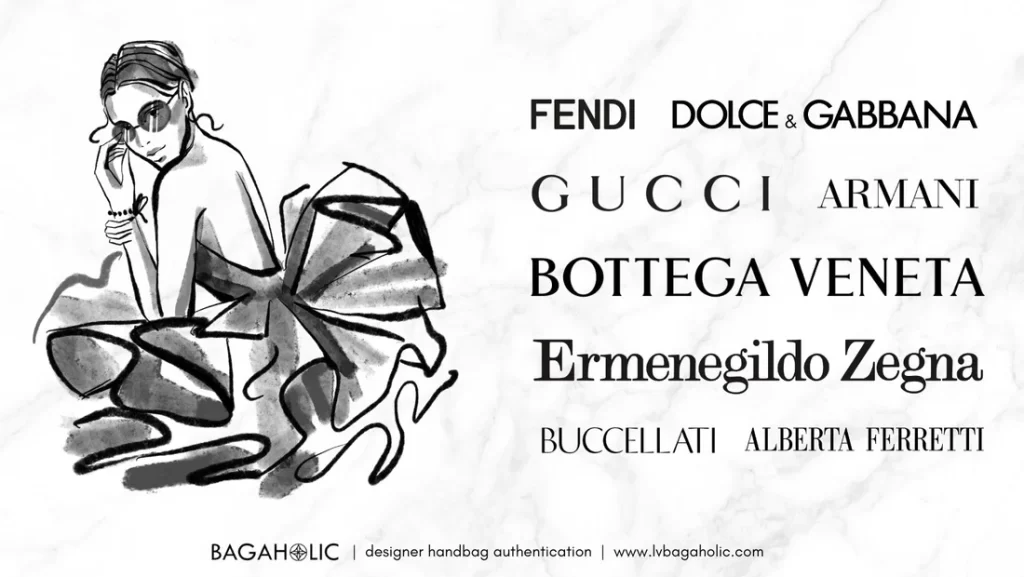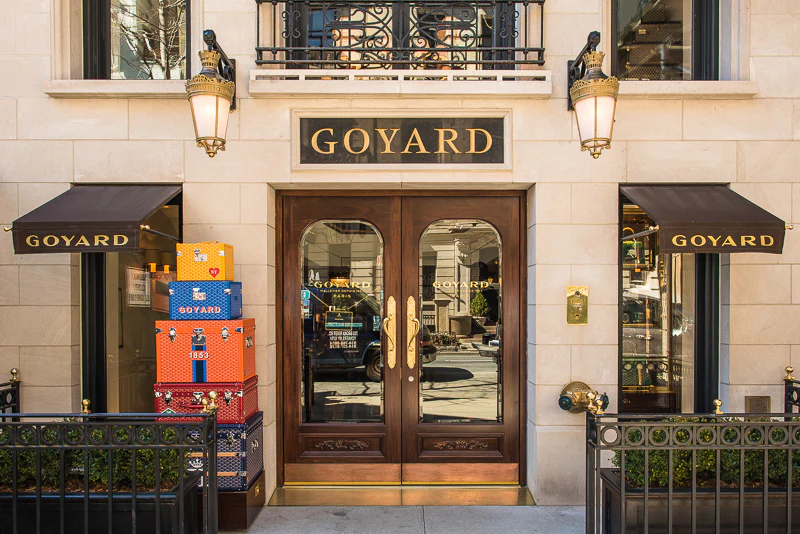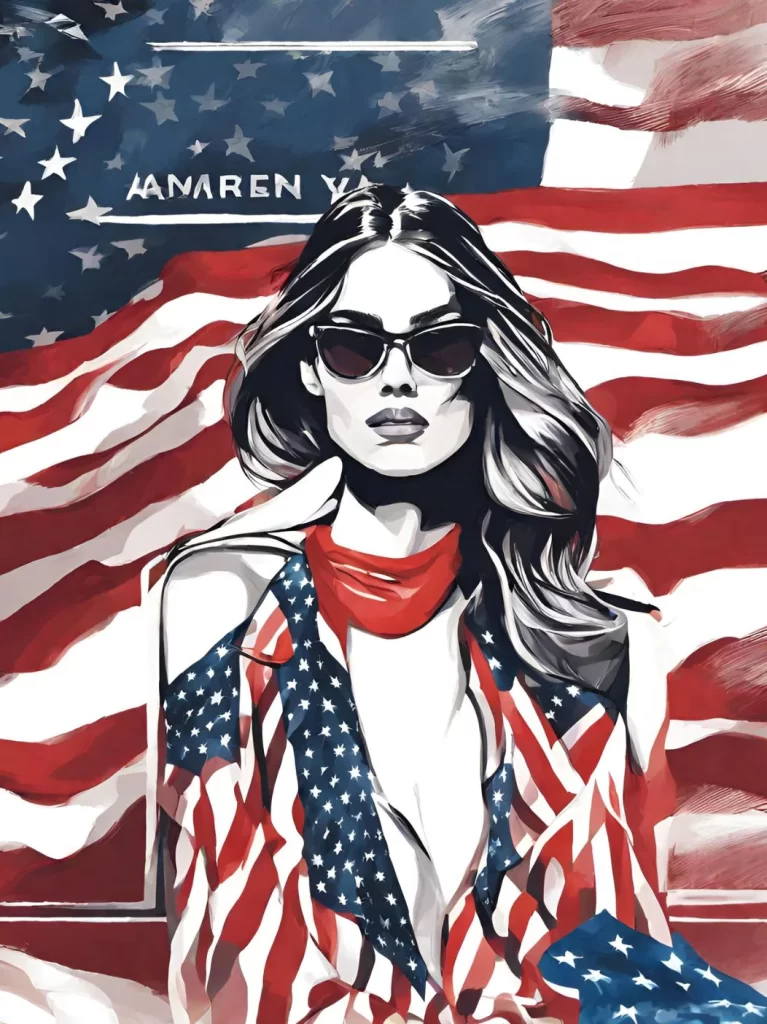A Guide to Dating Christian Dior Vintage Clothing Labels
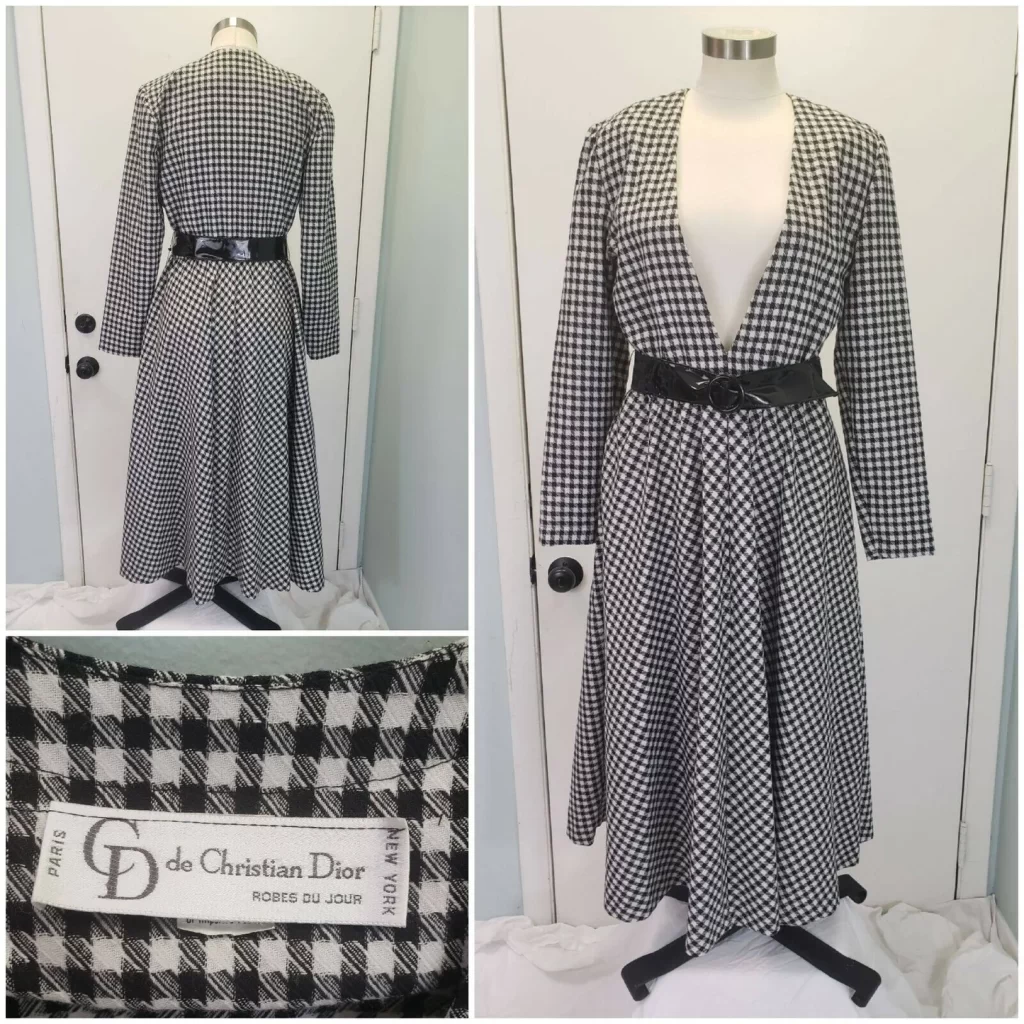

Are you an avid vintage fashion enthusiast with a special love for Christian Dior? In this article, we’ll explore the various labels used by Christian Dior over the decades, providing you with valuable insights and tips on how to date and authenticate your own Christian Dior vintage finds based on the label alone.
Diving into the world of vintage clothing is like embarking on a treasure hunt, and one of the most exciting aspects is deciphering the history and authenticity of each piece. When it comes to dating Christian Dior vintage clothing, one of the key factors to consider is the label. Christian Dior, a legendary fashion house known for its iconic designs and impeccable craftsmanship, has left behind a rich legacy that can be traced through its labels.
The evolution of Christian Dior labels is a captivating journey through time, reflecting the changing styles and trends of each era. From the iconic “Christian Dior Paris” labels to the transition to the “Dior” label in the 1960s and beyond, each label carries its own distinct characteristics and marks an important milestone in the brand’s history.
By understanding the nuances and details of these labels, you’ll be able to unlock the age and provenance of the Christian Dior vintage pieces, gaining a deeper appreciation for their historical significance and adding an extra layer of glamour to your collection. So, get ready to delve into the world of Christian Dior labels and discover the art of dating Christian Dior vintage clothing based on these iconic fashion markers.
Brief History of Christian Dior
Christian Dior, the renowned French fashion house, was founded in 1946 by its eponymous founder, Christian Dior. After the tumultuous years of World War II, Dior sought to bring about a revolution in fashion, introducing a style that embraced femininity and elegance. On February 12, 1947, Dior unveiled his debut collection, aptly named “Corolle” or “The New Look,” at his fashion house located on Avenue Montaigne in Paris. This groundbreaking collection showcased nipped-in waists, voluminous skirts, and accentuated curves, redefining the post-war fashion landscape. The New Look collection not only symbolized a fresh start in fashion but also marked the birth of a new era in Christian Dior’s history.
Following the immense success of the New Look collection, Christian Dior’s reputation soared, solidifying the brand’s position as a global fashion powerhouse. Throughout the 1950s and 1960s, the fashion house continued to innovate, creating iconic designs that exuded luxury and glamour. From the introduction of the A-line silhouette to the incorporation of lavish fabrics and intricate embellishments, Christian Dior redefined haute couture by combining impeccable craftsmanship with visionary creativity. The launch of these pioneering collections marked milestones in the brand’s legacy and cemented its status as an influential force in the fashion industry for years to come.
To date the clothing, we also need to know when and where the first stores were open. Knowing the timeline will help you to leave out the dates that don’t belong to an exact item.
- Paris, France – Avenue Montaigne: 1946 (The debut boutique and headquarters of Christian Dior)
- London, United Kingdom – New Bond Street: 1947
- New York City, United States – 5th Avenue: 1947
- Caracas, Venezuela – Altamira: 1952
- Tokyo, Japan – Ginza: 1953
- Milan, Italy – Via della Spiga: 1957
1950s Christian Dior Labels
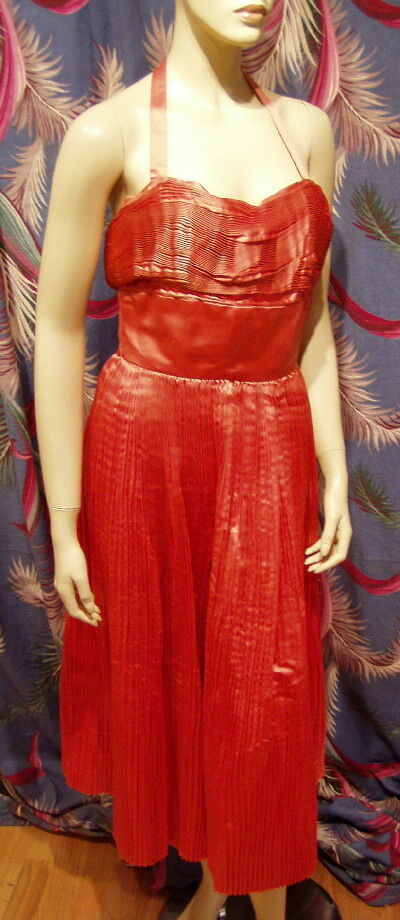

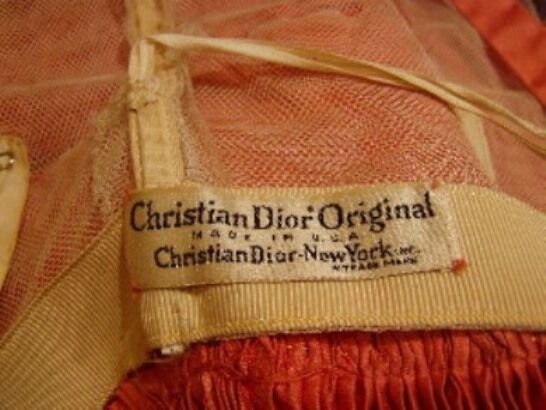

As Christian Dior was only founded in the late 1940s, first available clothing items date back to the 1950s. In that era, an item would have a label that showcases the words “Christian Dior* Original – Made in USA – Christian Dior New York Inc * Trade Mark”. The font is nothing like the font Dior is currently using, and this is very normal for vintage items.
When dating the clothing, it’s important to take the fashion of the era into account as well. When you think about the women’s clothing in the 1950s, this salmon corset dress is obviously associated with the golden age of Hollywood and inspired by Marilyn Monroe.
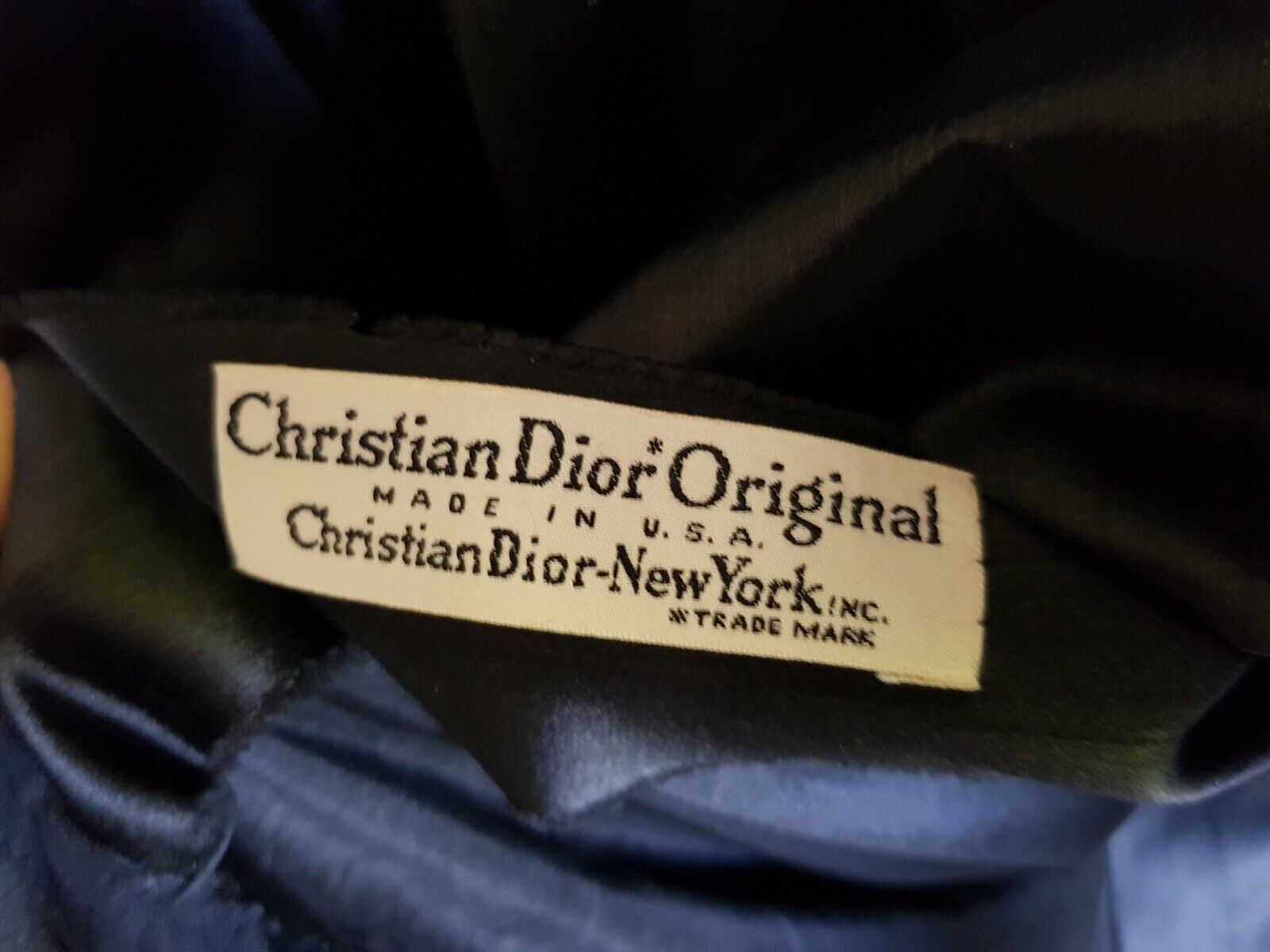

This is a vintage 1950s Christian Dior New York Original dress made of black silk. It was an ex-museum piece that was acquired by an unknown museum in 1969.
In the late 1950s, Dior established a manufacture in England. Consequently, a lot of labels reflected this change. It was not uncommon to see labels “Christian Dior – London LTD Made in England” during the late 1950s and early 1960s.
For instance, this stunning rare vintage late 50s / early 1960s silk skirt and jacket suit was manufactured by Christian Dior London.




Another label from that era reads “Christian Dior – New York Inc”.


1960s
In the 1960s, a lot of experiments were launched by the Dior fashion house. First, the Creative Director position was given to Marc Bohan (1960 -1989).
First off, somewhere around early 1960s, Dior started to indicate the collection year on the label. For example, a label might have looked like this:


A unique collection that belongs to this era is the Miss Dior. The Miss Dior vintage clothing line was launched in September of 1967. It was introduced as a ready-to-wear line that aimed to appeal to a younger customer base and offer more affordable options compared to the high-end couture collection of Christian Dior. The Miss Dior store was located on Rue Francois Premier, next door to the Dior couture house.
The line was designed by Philippe Guiborgé, who also designed the Dior Boutique line and had served as an assistant to Marc Bohan in the couture house. Guiborgé is notable for creating a Dior Boutique dress in 1964 that featured the Dior logo printed all over it, making him the first French designer to utilize logos in such a prominent way.
It should be noted that the Miss Dior vintage clothing line should not be confused with the Miss Dior perfume, which was launched in 1947.
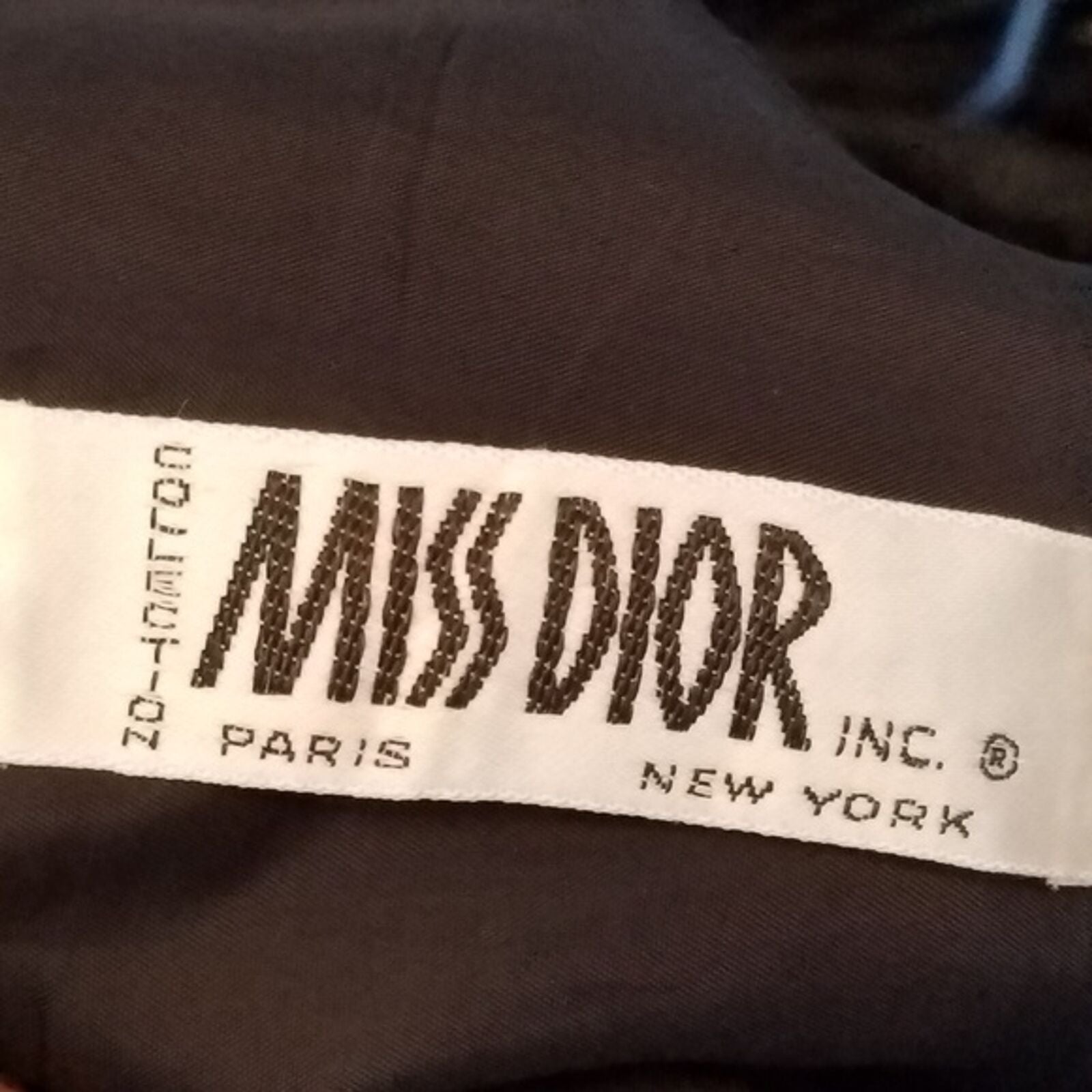



Between 1964 and 1973, the ILGWU union label decided to switch things up a bit. They kept the cool scalloped circle with the needle and thread, but they played around with the design. Now, the circle wraps around a darkened one, making the label pop with contrast. They moved the words “UNION MADE” into the spotlight, right in the middle of the dark circle. And check this out – “ILGWU” is front and center, making a bold statement for the union.
But wait, there’s more! They added an “R” symbol, showing off that the logo was officially trademarked. That little “R” means it’s legally protected – they were serious about their label game back then.
Another interesting clothing line that was launched by Dior in the 1960s was Saks Avenue collection. These pieces could have been released between 1964 and 73. The label reads “Christian Dior for Saks Fifth Avenue – Paris – New York”.
Pay attention as the same label can also be found on the 1970s pieces. To date them more precisely, one needs to examine the union label.


1970s
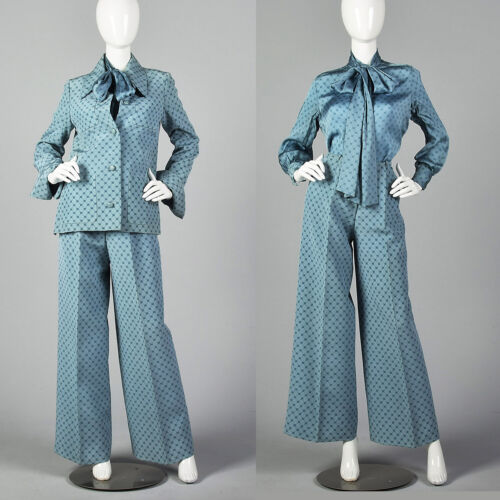



Did you know care labels on clothes weren’t a thing until 1971? Yeah, it wasn’t a fashion law until the Federal Trade Commission dropped the Care Labeling Rule. Basically, it said every piece of clothing sold in the U.S. had to have a care label with at least one cleaning method.
So, if you spot a Dior label with care instructions, you can bet that the garment is from 1971 or later. It’s like a little time stamp for your threads!
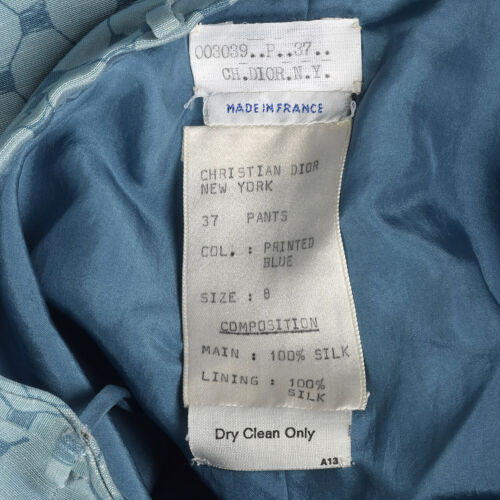

Other than that, Dior labels varied in this decade and there were no specific signs or fonts that were used by these labels. The line from Saks Fifth Avenue was in manufacture at least until 1974.
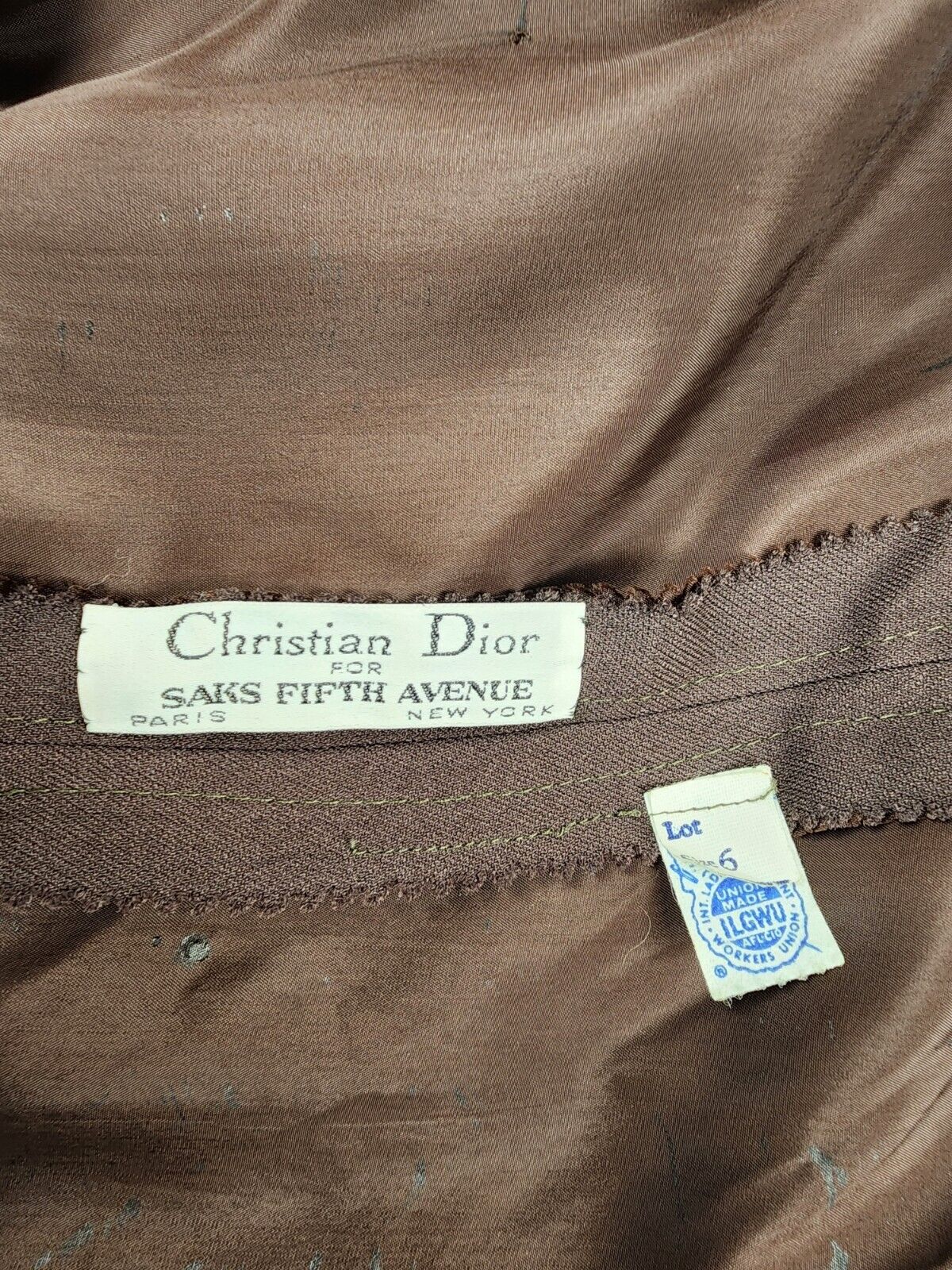

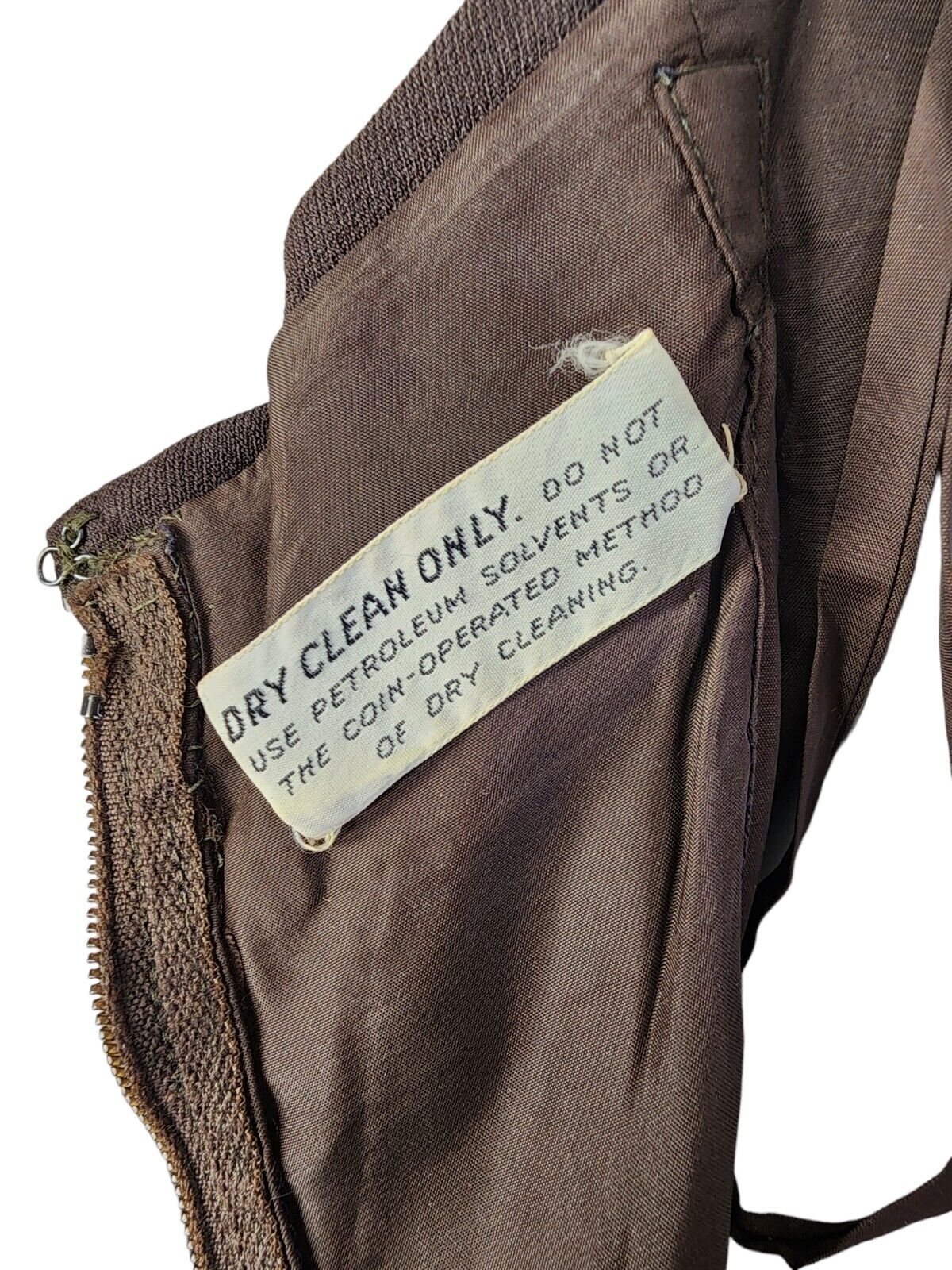

A lot of lingerie pieces can be found from this era.


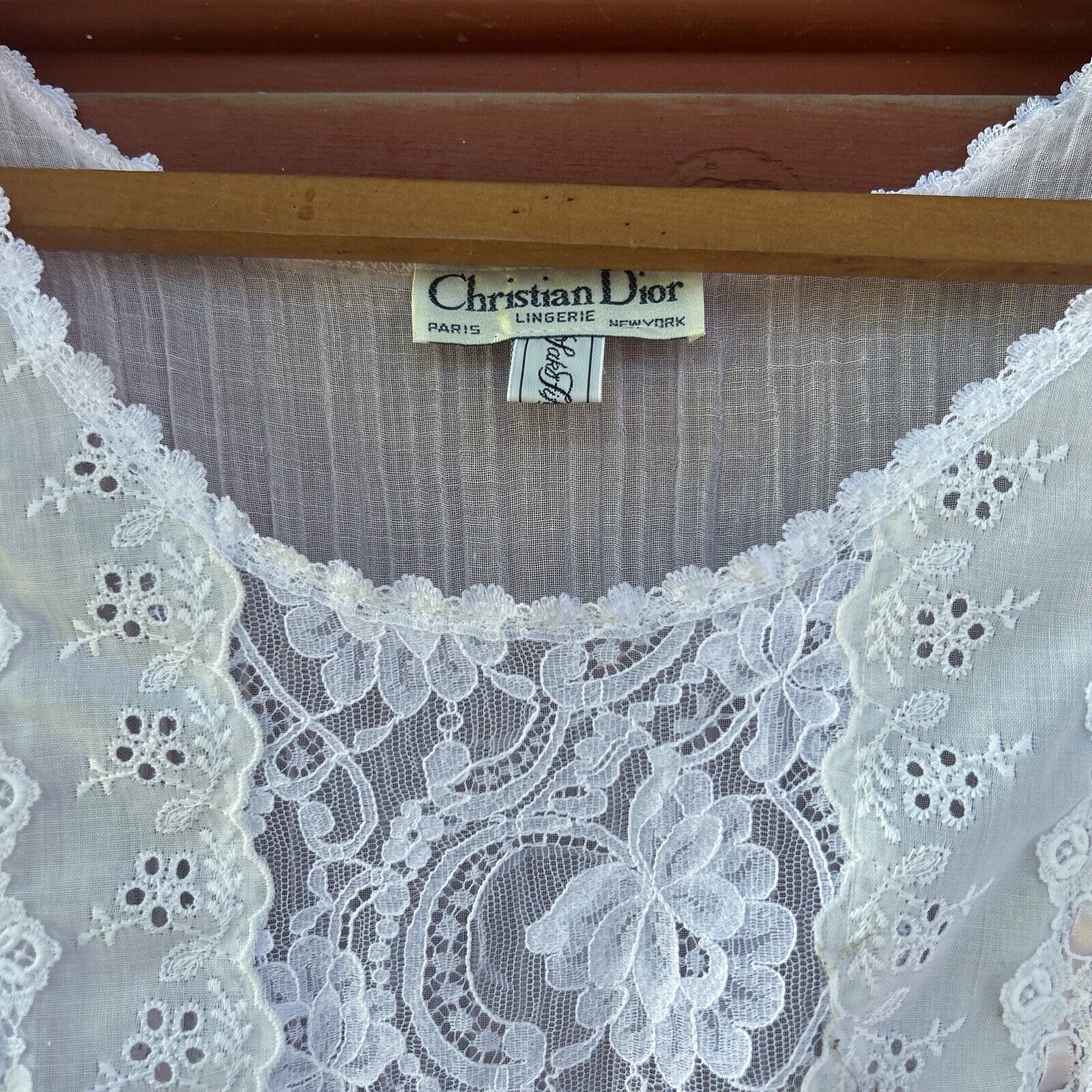

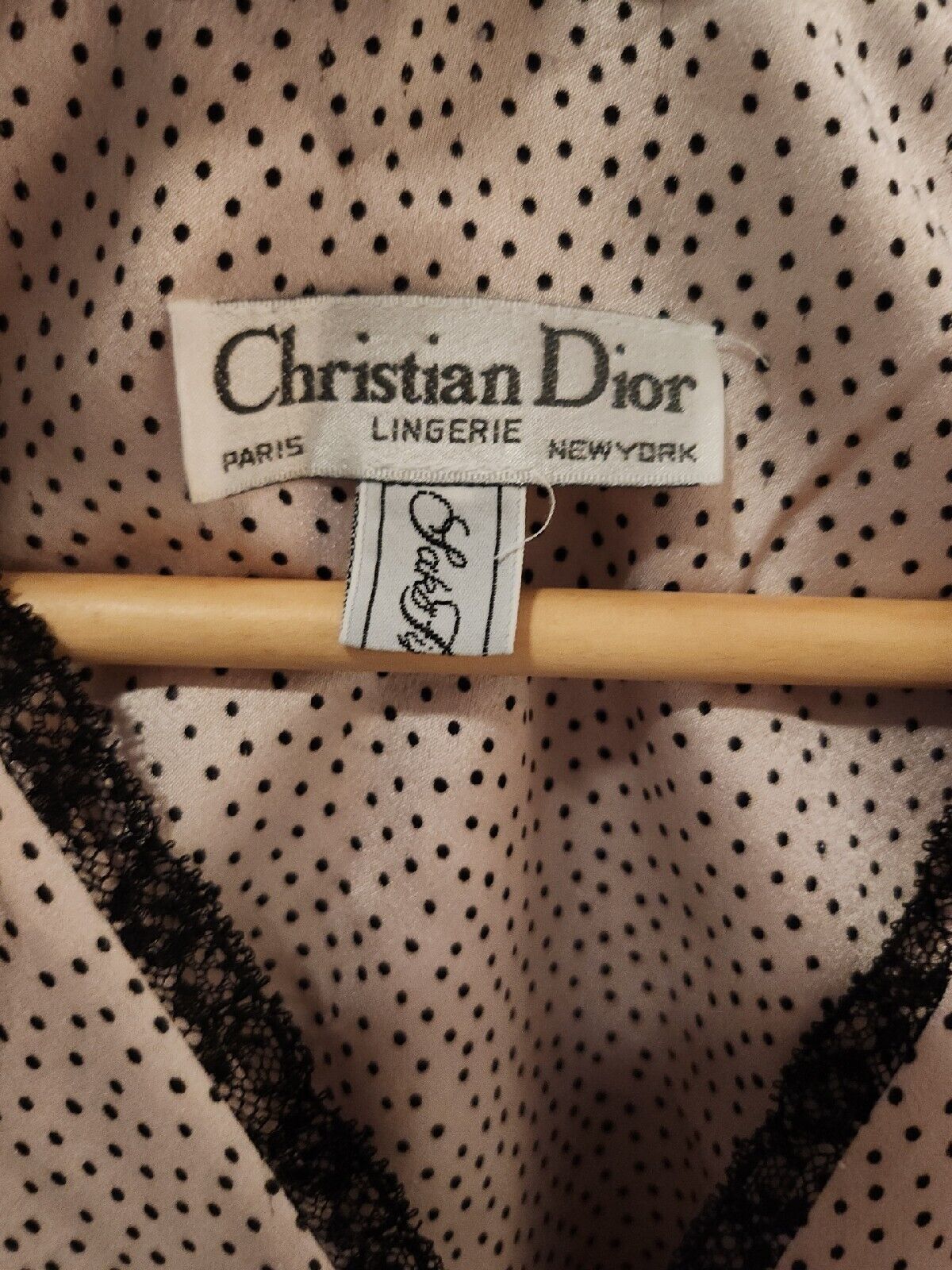

1980s
There were a few Dior clothing lines specific to that era, such as Coordonnees, but overall the labels are much more similar to what we’d see today.
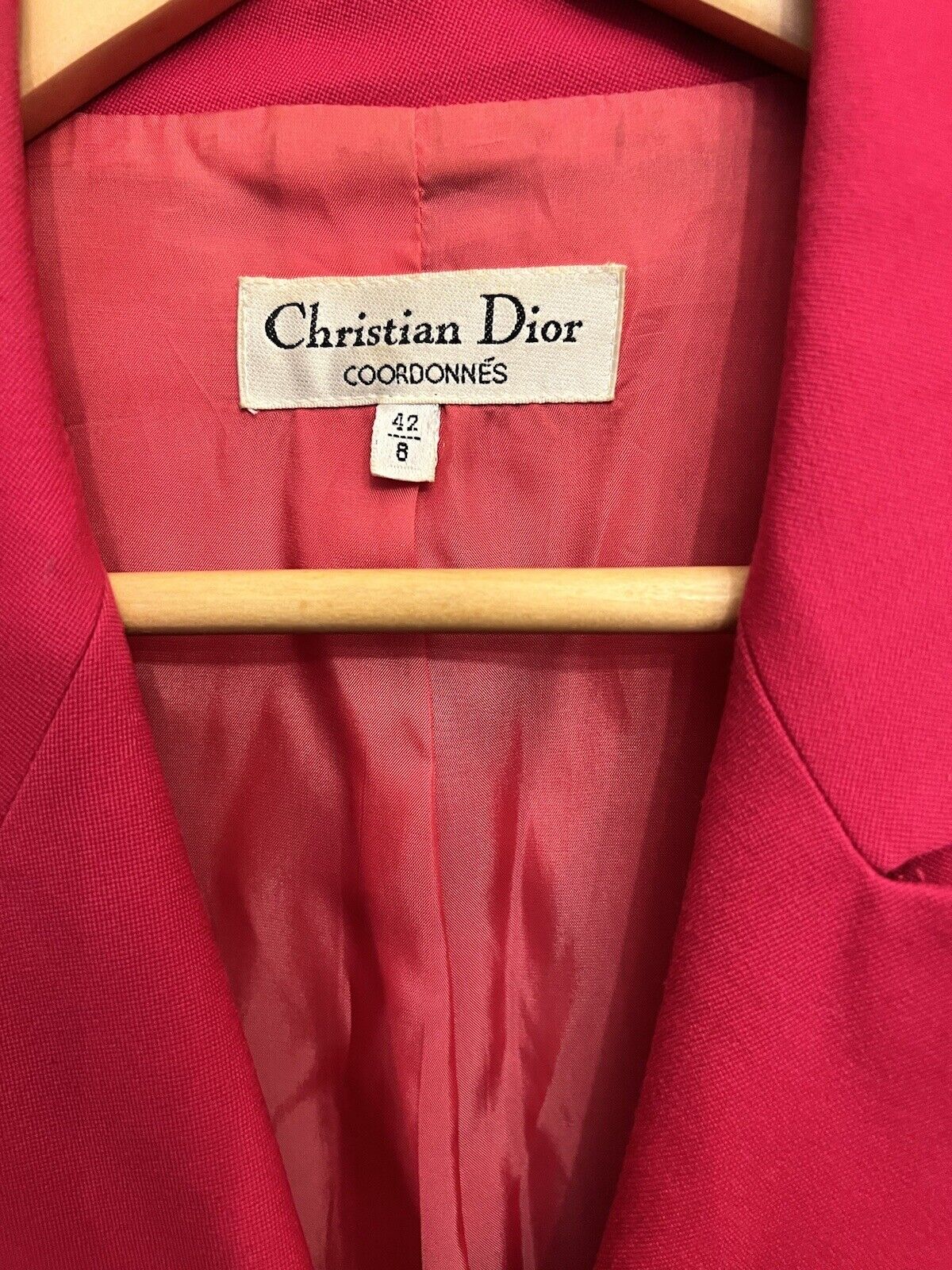



Do you have some labels in your collection? Use the email below to send us the examples and we’ll add them to this article.
This post was shared by Anastasiya (Premium Member). For original post, check her website
Recommend0 recommendationsPublished in Dior


